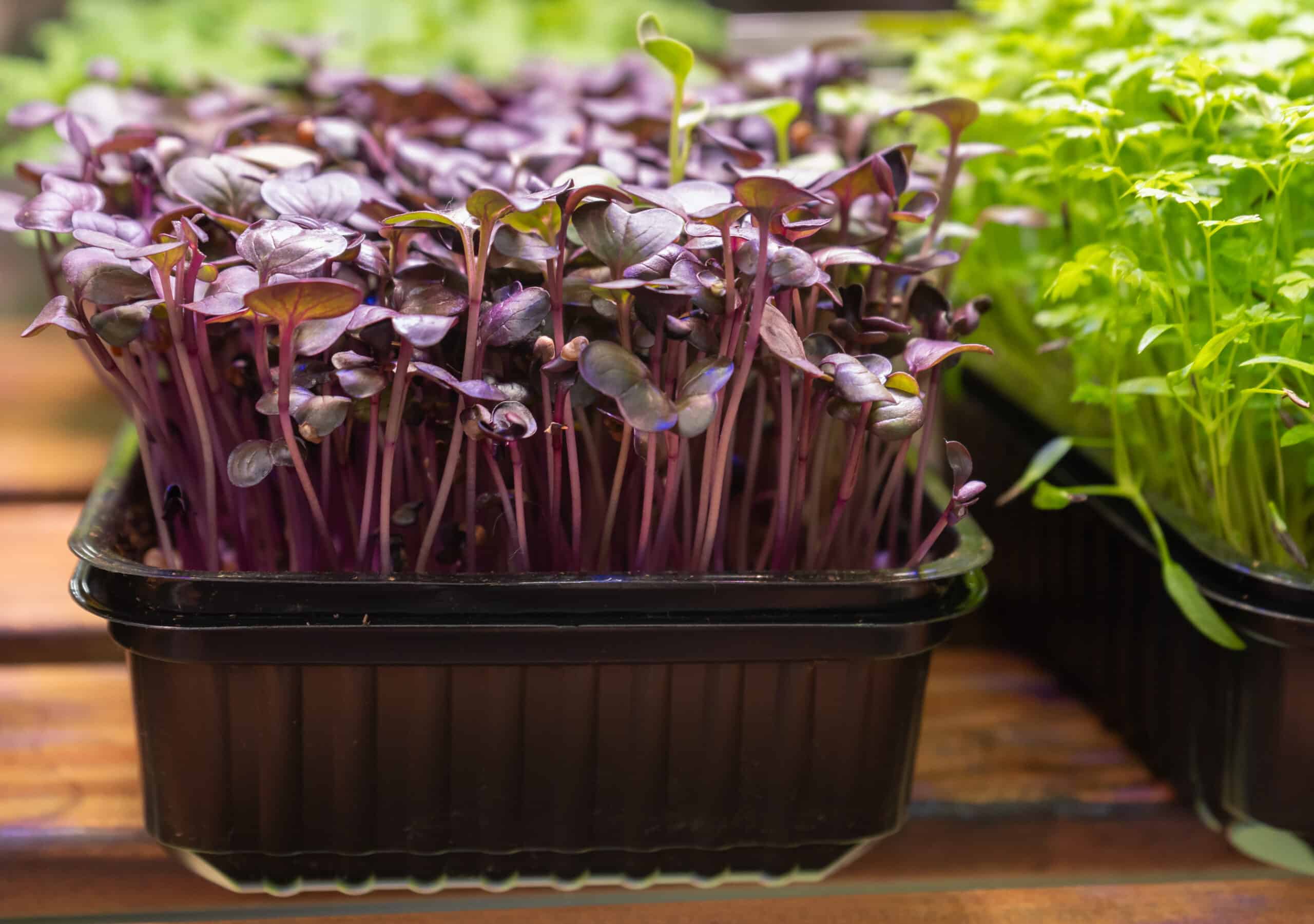What is the Cheapest Microgreen Medium?
Key Takeaways
- The cheapest microgreen medium mentioned in the texts is burlap, costing around $0.25 per tray.
- Burlap offers affordability, water retention, and proper drainage for growing microgreens.
- Considerations and alternatives to burlap include a mix of coco coir and organic potting soil, or a peat/coco-based medium with perlite and vermiculite.
When it comes to growing microgreens, choosing the right growing medium is crucial for their successful growth and development. Microgreens have gained popularity in recent years due to their high nutritional value and versatility in culinary applications. However, finding the most cost-effective medium can be a challenge for growers on a budget.
After analyzing several reputable sources, it is evident that the cheapest microgreen medium mentioned in the texts is burlap. According to Grocycle, burlap costs around $0.25 per tray, making it an incredibly affordable option for microgreen growers.
The Benefits of Burlap
Burlap, also known as hessian, is a coarse woven fabric made from jute or sisal fibers. It is widely used in various applications, including agriculture. Despite its rough texture, burlap offers several advantages as a microgreen growing medium:
- Affordability: As mentioned earlier, burlap is one of the cheapest options available for microgreen growers. Its low cost makes it an attractive choice for those on a tight budget.
- Water Retention: Burlap has excellent water retention properties, allowing it to provide adequate moisture to the growing microgreens. This reduces the need for frequent watering, saving both time and resources.
- Drainage: Despite its water-retaining abilities, burlap also ensures proper drainage, preventing waterlogging and potential root rot.
- Sustainability: Burlap is a biodegradable material, making it an environmentally friendly option for microgreen growers. It can be easily composted after use.
Considerations and Alternatives
While burlap is the cheapest microgreen medium mentioned in the texts, it’s essential to consider other factors before making a final decision. Each growing medium has its own advantages and disadvantages, and what works best for one grower may not work as well for another. Here are a few alternatives worth considering:
Coconut Coir and Organic Potting Soil Mix
Bootstrap Farmer suggests a mix of 50% coco coir and 50% good organic potting soil as an affordable microgreen medium. While it may not be the absolute cheapest option, it offers a balanced combination of affordability and quality. Coco coir is a byproduct of the coconut industry and is known for its excellent water retention properties. Organic potting soil provides essential nutrients for microgreen growth.
Peat or Coco-Based Growing Medium with Perlite and Vermiculite
Future Harvest recommends a peat or coco-based growing medium that includes perlite and vermiculite. Perlite and vermiculite are lightweight materials that improve drainage and aeration in the growing medium. Although these additional components may increase the cost slightly, they contribute to better overall plant health and growth.
It’s worth noting that the prices of growing mediums can vary depending on location and availability. While burlap remains the cheapest option mentioned in the texts, growers should consider their specific requirements, budget, and accessibility when selecting a microgreen medium.
Conclusion
In conclusion, the cheapest microgreen medium mentioned in the texts is burlap, costing around $0.25 per tray. Burlap provides affordability, water retention, drainage, and sustainability. However, it’s essential to consider other factors and alternatives such as a mix of coco coir and organic potting soil or a peat/coco-based medium with perlite and vermiculite. Ultimately, the choice of microgreen medium should be based on individual needs and preferences.
Related Websites:
FAQs:
Q: What are microgreens and why are they popular?
Microgreens are young vegetable greens that are harvested after sprouting but before they mature into full-grown plants. They are popular due to their concentrated nutrient content, unique flavors, and versatility in culinary applications.
Q: What is the importance of choosing the right microgreen medium?
Choosing the right microgreen medium is crucial as it directly impacts the growth, nutrition, and overall quality of the microgreens. The medium provides essential support, water retention, and nutrient availability for the young plants to thrive during their short growth cycle.
Q: What factors should I consider when choosing a microgreen medium?
When choosing a microgreen medium, consider the cost-effectiveness, nutrient content, ease of use, and availability of various options. It’s important to evaluate the expenses, nutritional value, simplicity of working with different mediums, and accessibility to make an informed decision.
Q: What are the advantages and disadvantages of soil-based microgreen mediums?
Soil-based mediums are traditional and widely used for microgreens. They provide good support, natural nutrients, and moisture retention but require more maintenance and can be messy. Additionally, they may have higher initial costs due to the need for quality soil and amendments.
Q: What are some alternative microgreen mediums and their benefits?
Alternative microgreen mediums include soilless options like coco coir, hemp mats, or peat moss, as well as water-based systems or hydroponics. These mediums eliminate the need for soil, can be less messy, and offer controlled nutrient availability. They can also be more cost-effective in the long run.






